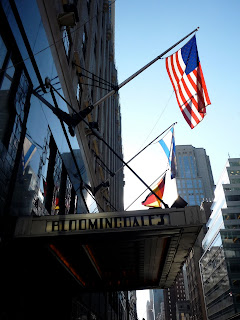Search This Blog
A strolling guide to New York City by writer and photographer Teri Tynes. Active during the years 2007-2021, Walking Off the Big Apple plans new walks away from the city in the summer of 2025.
Posts
Showing posts from November, 2010
Coming this summer 2025
A Hudson River Camino - a cultural and spirit-filled pilgrimage up river.
Flagships of New York: A Self-Guided Holiday Walk to New York's Department Stores
- Get link
- X
- Other Apps
Flagships of New York: Bergdorf Goodman and Henri Bendel
- Get link
- X
- Other Apps
Flagships of New York: Bloomie's and Barneys
- Get link
- X
- Other Apps
Flagships of New York: Macy's on the Home Front, Photographs by Marjory Collins for the FSA/OWI
- Get link
- X
- Other Apps
Flagships of New York: Lord & Taylor and Saks Fifth Avenue
- Get link
- X
- Other Apps
Flagships of New York: The Great Department Stores
- Get link
- X
- Other Apps
The Village Street: Hipstamatic Images of Greenwich Village, a Map, and a Walk
- Get link
- X
- Other Apps
Required City Reading: 25 New Books for New York, New York
- Get link
- X
- Other Apps
June 11, 2025 in Beacon, NY

On a day trip from NYC







